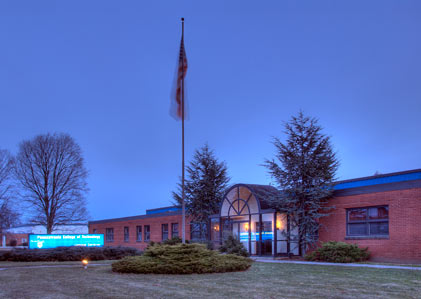Air Movement and Control Association (AMCA)
The AMCA is designed to provide education, legislative protection, and standards for businesses and individuals who work in the air control industry. They are a huge influencer of national standards for designing and installing air conditioning units, having created documentation that covers benchmarks from duct-sizing to air conditioning sound levels. Members must sell AMCA scope products, so this is an organization perfect for HVAC/R professionals who also sell full units.
To be eligible for membership as an AMCA member, applicants must be involved in the designing, fabricating, assembling, and selling of product(s) that fall under the AMCA product scope as a regular public offering. They should submit a completed application which will then be reviewed by AMCA staff. The staff member will also visit the applicant’s location to verify whether the applicant manufactures AMCA scoped products. The application is then finally reviewed by the AMCA Board of Directors for approval.
The AMCA publishes more than 60 standards and publications, including application guides, testing methods, safety guides, educational texts, and a Certified Rating Program (CRP). The CRP assures that ‘a product line has been tested and rated in conformance with AMCA International’s test standards and rating requirements’.
- Who Should Join: Membership is open to all companies that manufacture or hold the design of a product falling under the scope of AMCA. Members are mostly manufacturers, but this organization also welcomes resellers as affiliates and suppliers as associates.
- Benefits of Membership: Members enjoy a host of benefits such as member discounts, membership meetings discussing issues of interest concerning the industry, maintaining industry relations with other organizations, attending periodic engineering conferences, AMCA testing laboratory access, and more.





